Things To Know Before Getting A Pet Rabbit
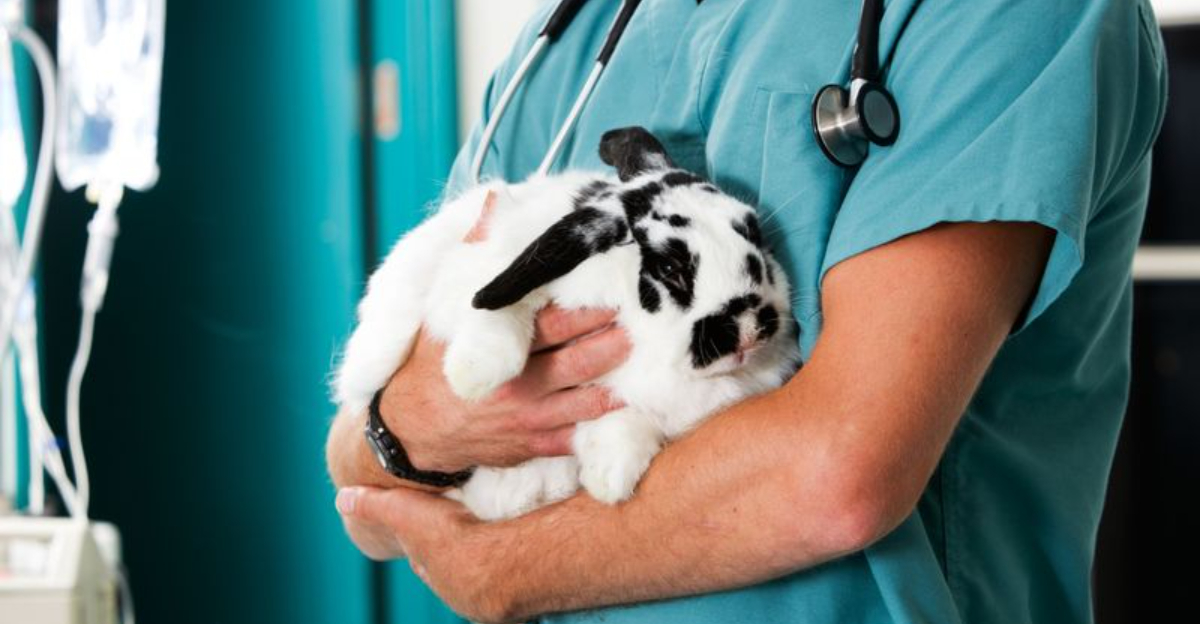
Fluffy, adorable, and seemingly low-maintenance, rabbits hop into our hearts at first glance. But behind those twitching noses and soft fur lies a pet that requires specific care and understanding.
Before bringing home your cotton-tailed companion, it’s crucial to know what rabbit ownership truly involves. These insights will help ensure both you and your bunny enjoy a happy, healthy relationship.
1. Rabbits Need Spacious Housing

Forget those tiny pet store cages! Your bunny needs room to stretch, hop, and play. A proper rabbit habitat should be at least four times the size of your rabbit when fully stretched out.
Wire-bottom cages hurt delicate rabbit feet, so opt for solid flooring with absorbent bedding. Daily cleaning is necessary since rabbits are naturally tidy creatures.
2. Hay Makes Up 80% Of Their Diet
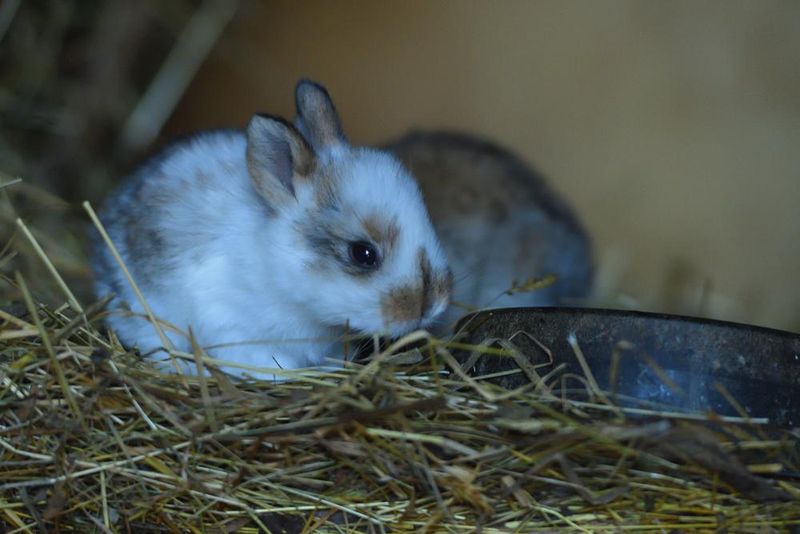
Munching is a full-time job for bunnies! Timothy hay should always be available – it’s not just food but dental care in disguise. Those constantly growing teeth need wearing down through constant chewing.
Fresh greens, limited pellets, and occasional treats round out their menu. Carrots? Actually too sugary for everyday snacking, despite what cartoons suggest!
3. Rabbits Live 8-12 Years

Surprise! These aren’t short-term pets. When you welcome a bunny, you’re making a decade-long commitment to care, vet visits, and daily attention.
Some rabbits even reach their teens with proper care. This longevity means considering future moves, family changes, and financial responsibilities before bringing one home. They’ll be hopping alongside your life’s journey for quite some time.
4. Rabbits Need Specialized Veterinary Care
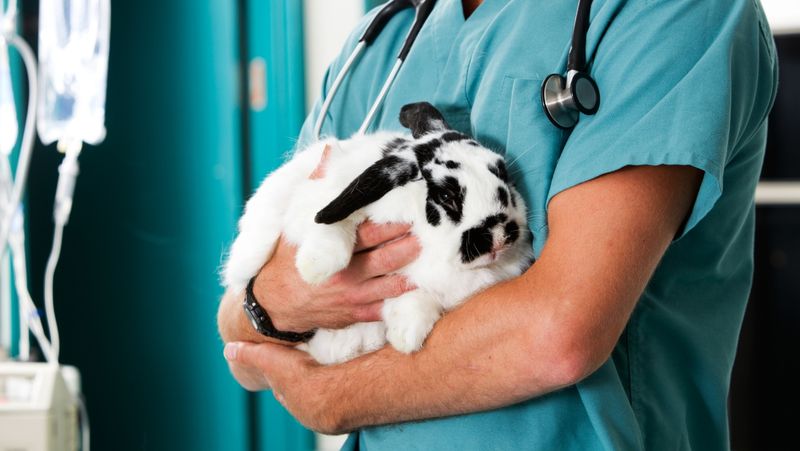
Not all vets treat rabbits! These “exotic” pets require doctors with specific training in rabbit medicine. Finding a rabbit-savvy vet before an emergency strikes is essential.
Regular check-ups prevent common issues like dental problems and GI stasis. Budget for these specialized visits – they typically cost more than cat or dog appointments. Your bunny’s health depends on proper medical knowledge.
5. Bunny-Proofing Is Non-Negotiable
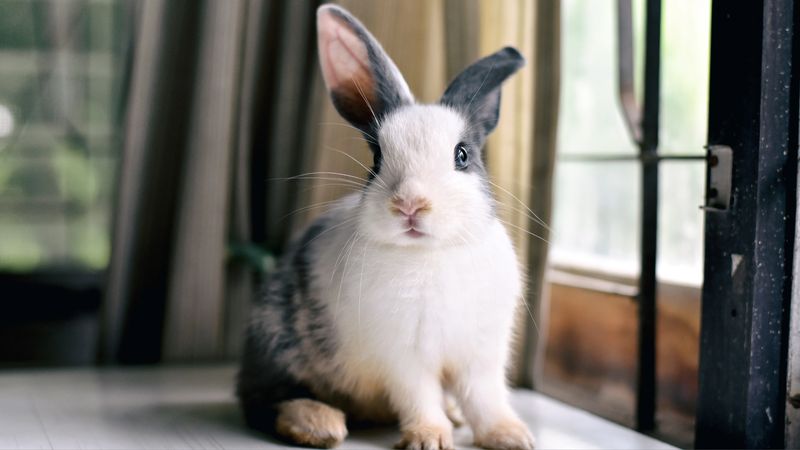
Electrical cords look like vines to rabbits – irresistible for chewing! Cover all wires with protective tubing or keep them completely out of reach.
Houseplants might be toxic, baseboards will be nibbled, and carpet might be dug at. Think of rabbits as curious toddlers with powerful teeth. Strategic furniture placement and chew-toy alternatives will save your home and keep your bunny safe.
6. Most Rabbits Hate Being Picked Up

Despite their cuddly appearance, rabbits are ground-dwelling prey animals who feel vulnerable when lifted. Many squirm, kick, or even scratch when picked up – it’s not personal, just instinct!
Interact on their level instead. Sit on the floor and let them approach you. When handling is necessary, support their hindquarters properly to prevent spinal injuries. Your patience builds trust over time.
7. Rabbits Need Social Interaction
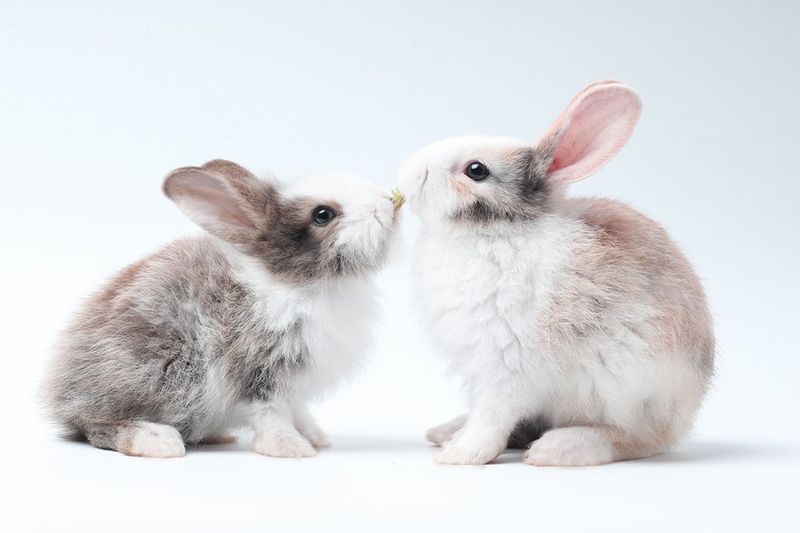
Contrary to popular belief, rabbits aren’t happy living alone in a hutch at the bottom of the garden. These social creatures crave companionship – either from humans or preferably another spayed/neutered rabbit.
Without adequate socialization, bunnies can become depressed or develop behavioral problems. Plan to spend at least a couple hours daily interacting with your solo rabbit. Their emotional health depends on it!
8. Spaying/Neutering Is Essential
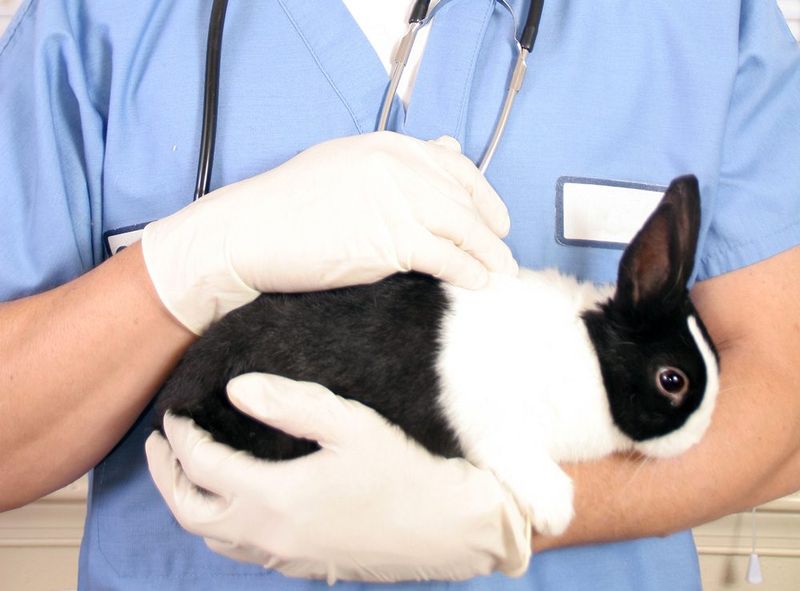
Beyond preventing baby bunnies, spaying females dramatically reduces their 80% cancer risk! Neutering males eliminates spraying behavior and territorial aggression.
Fixed rabbits are calmer, cleaner, and healthier companions. The surgery requires an exotic vet specialist and costs more than cat/dog procedures. Budget for this necessary expense within your rabbit’s first year for optimal health benefits.
9. Silent Suffering Is Their Specialty

Evolution taught rabbits to hide illness – in the wild, sick animals get eaten first! This survival mechanism means your bunny might mask symptoms until critically ill.
Learn normal rabbit behavior and watch for subtle changes: reduced appetite, different posture, less poop, or behavioral shifts. Quick action saves lives. A healthy rabbit is active, curious, and produces consistent round droppings throughout the day.
10. Daily Exercise Is Mandatory
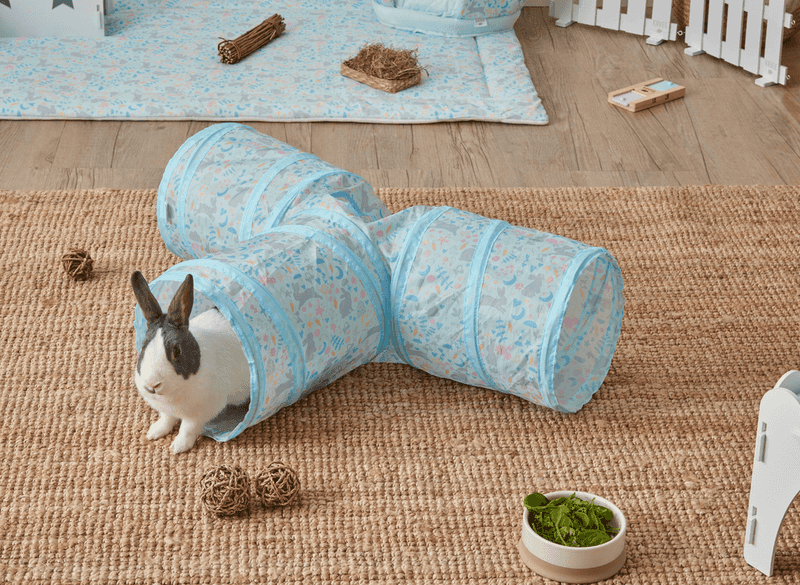
Cooped-up rabbits develop health and behavior problems fast. Your bunny needs at least 3-4 hours of supervised out-of-cage time daily to run, explore, and perform joyful “binkies” – those happy jumping twists that show true rabbit bliss.
Exercise maintains healthy weight, prevents boredom, and strengthens your bond. Create a rabbit-safe playspace with tunnels, boxes, and toys to encourage natural behaviors like digging and exploring.
11. Rabbits Communicate Through Body Language

Those expressive ears aren’t just for show! Forward means interested, flat back signals fear, and sideways often shows irritation. A happy rabbit “purrs” by gently grinding teeth, while thumping warns of danger.
Learning rabbit language takes time but deepens your connection. Watch for the “flop” (falling dramatically to one side) – it’s the ultimate compliment, showing your bunny feels completely safe with you.






